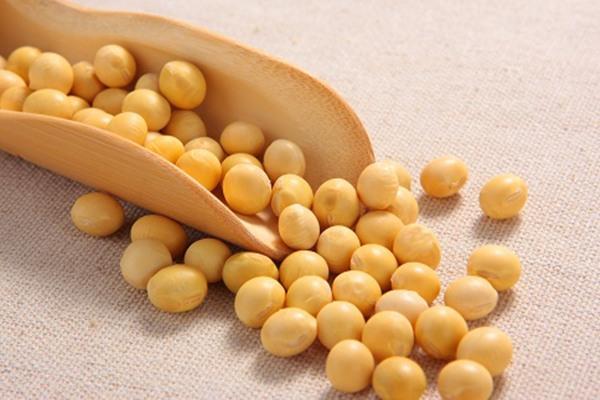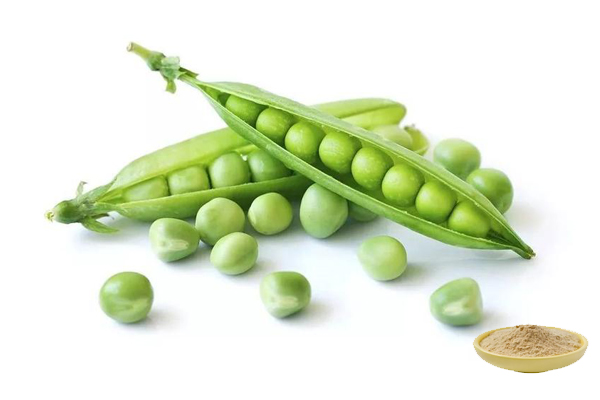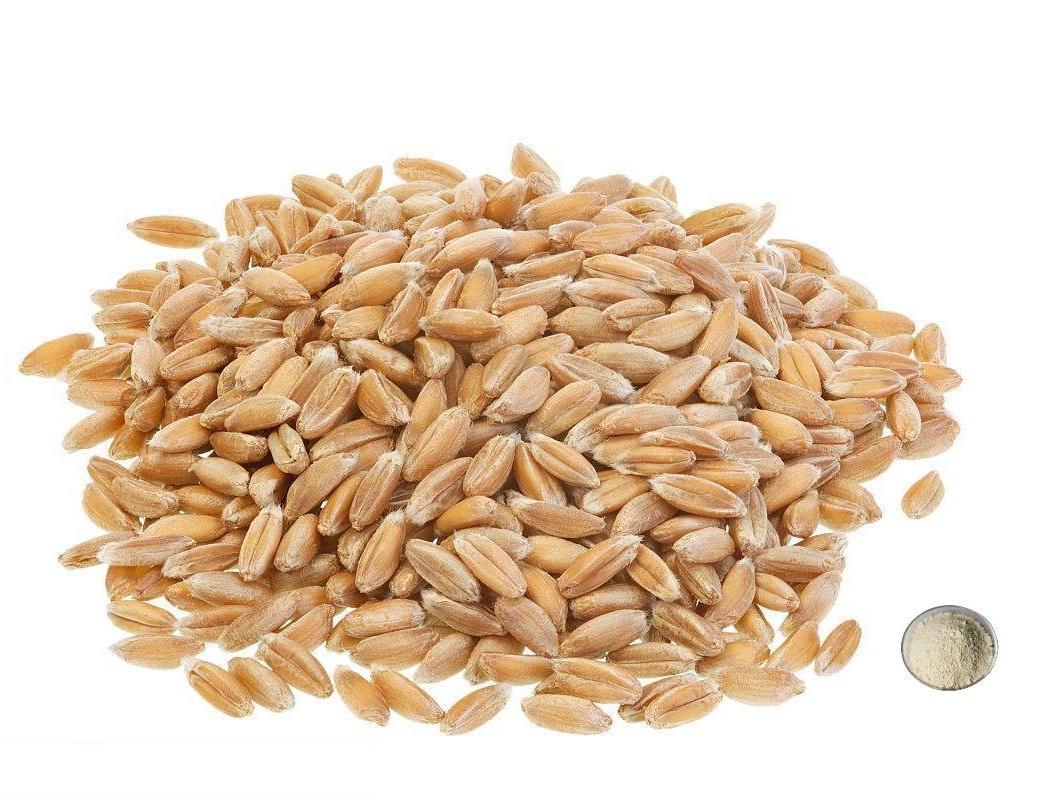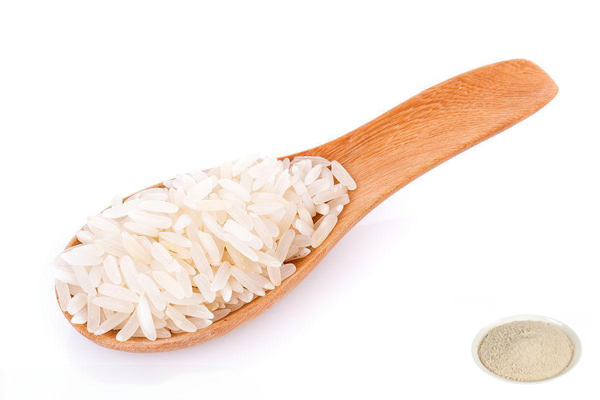大豆たんぱく60%
出典大豆
有効成分:良质な大豆タンパク
60%分析:
Testing Method: Kjeldahl決定
外観:淡黄色の微細な粉末
残留農薬:(ec) no 396/2005規格に準拠
- 記述
- データシート
- 証明書
-
大豆たんぱくとは何ですか?
良质な大豆タンパク is a kind of plant protein, its amino acid composition is similar to milk protein, except methionine is slightly lower, and the rest of the essential amino acid content is richer, is a plant-based complete protein. The amino acid composition of soy protein is similar to that of essential amino acids, and it is also rich in calcium, phosphorus, iron, oligosaccharides, and various vitamins. It is also rich in branched-chain amino acids (BCAA), which play an important role in muscle synthesis.
グリーン スプリングテクノロジー社は、非遺伝子組み換え大豆を原料とし、コレステロールや乳糖を含まない大豆たん白粉60%を供給しており、食品業界をはじめとする様々な業界で広く使用されています。
2000年に設立されたgreen spring technologyは、お客様に自然で安全な有機植物エキスを提供することを使命としています。品質マネジメントシステムを徹底し、iso、haccpなどの品質基準に基づいて生産を行っています。当社の製品は、ec396、2023/915などの最高の国際基準、および最高の溶媒残基基準に従って製造されています。グリーンスプリングはhalal、kosher、cosmos、brc、ifs、fda、isoなど多くの認証を取得しています。権威あるサードパーティのテストレポートが利用可能です。
规格:
商品名
粉末状の大豆タンパク質
ラテン語名
グリシンmax(鉄道l)Merr。
ソース
大豆
有効成分
大豆 タンパク質
仕様
60%
Testing Method
Kjeldahl決定
外観
光黄色パウダーを
残留農薬
(ec) no 396/2005規格に準拠しています
法が定め
euの規制に準拠しています。
見積もりをお探しですか?Benefits:
Gelability
Gelling ability is one of the most important attributes of soy protein, which gives it high viscosity, plasticity, and elasticity, and it can be used as a carrier for water as well as for flavor additives, sugar, and other compounds in product applications, which is extremely beneficial for food processing. There are many ways to form gels, such as heat induction, the addition of salt, the addition of enzymes, etc., all of which can make the protein form gels. Gelation is affected by a variety of factors, such as subunit composition, surface hydrophobicity size, sulfhydryl content, etc. In addition to this, the concentration of protein amount, heating temperature, pH, ionic strength, etc. is also an important element that affects the role of gelation.
Emulsifying Properties
Soya protein molecules have the characteristic structure of emulsifiers, i.e. amphoteric structure, containing both hydrophilic and lipophilic groups in the molecule. In an oil-water mixture, the hydrophilic polypeptide part of the soy protein molecule spreads towards the lipid phase and the polar part towards the water phase. When soy protein is used in food processing, it aggregates at the oil-water interface. It reduces its surface tension and promotes the formation of oil-water emulsions.
Water Absorption and Water Holding
Soy protein molecules contain many polar groups, in contact with water molecules, hydration occurs and shows the ability to absorb and hold water, which can improve the taste of food, but also to maintain the wetness of food, and improve food quality. Soy protein in the product of bread, pastry, and meat products, can improve product quality and taste.
Maintaining Bone Health
Soya protein is rich in calcium and vitamin D and is essential for bone health. Moderate intaking of soya protein can help prevent osteoporosis and fractures and promote bone growth and repair.
Lowering Cholesterol
The plant fiber and isoflavones in soy protein help lower cholesterol levels. Moderate intaking of soy protein reduces the level of low-density lipoprotein cholesterol (LDL-C) while increasing the level of high-density lipoprotein cholesterol (HDL-C), thus reducing the risk of cardiovascular disease.
Improves Blood Sugar Control
The fiber and isoflavones in soya protein enhance insulin sensitivity and help control blood sugar levels.
Provides Antioxidants
The isoflavones in soy protein have strong antioxidant properties that can help scavenge free radicals and reduce the damage caused by oxidative stress. Moderate intake of soy protein can provide antioxidant protection and help prevent the onset of chronic diseases.
Applications:
In the Food Field:
Soya protein powder is widely used in a variety of foods, such as fruit juices, cheese, bread, and food bars. Soya protein is effective in reducing high cholesterol in people with high cholesterol. Soy protein drinks in the arginine content than milk, and their arginine and lysine ratio is also more reasonable; the lipids and linoleic acid are extremely rich and do not contain cholesterol, which can prevent cardiovascular disease in adulthood. Rich lecithin can remove excess sterols in the blood, ‘vascular scavenger’ reputation. Soya protein drinks are easier to digest and absorb than milk. Milk in the stomach is easy to form large and hard lumps, while soy milk in the stomach is formed into small slices, and is fluffy, not hard, which can make it easier to digest and absorb.
-
ダウンロード
大豆タンパク質粉末60% coa


 英語
英語 フランス
フランス スペイン
スペイン ロシア
ロシア 韓国
韓国 日本
日本













